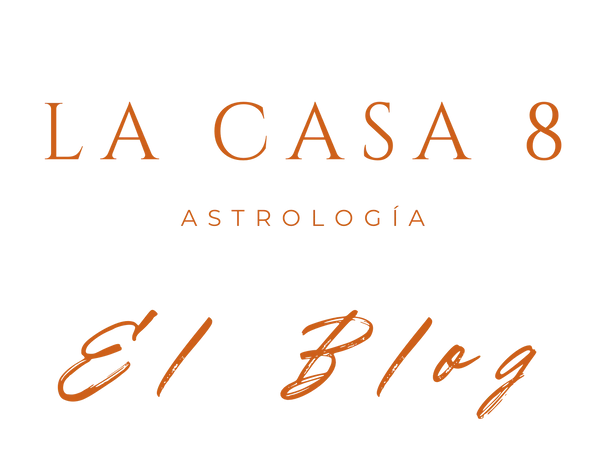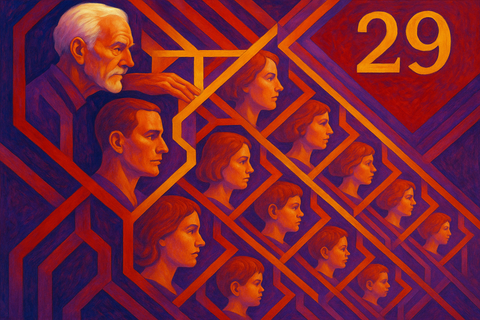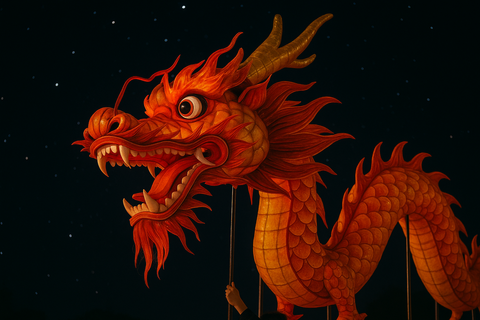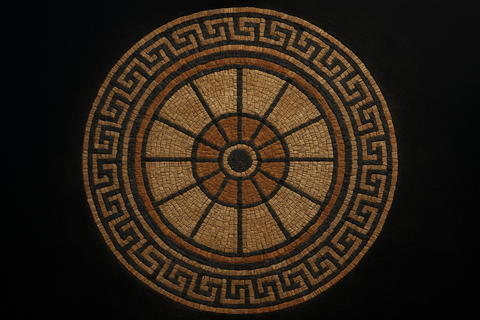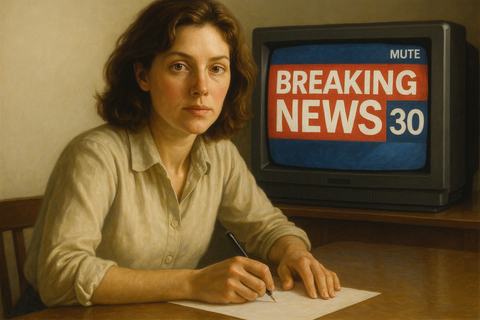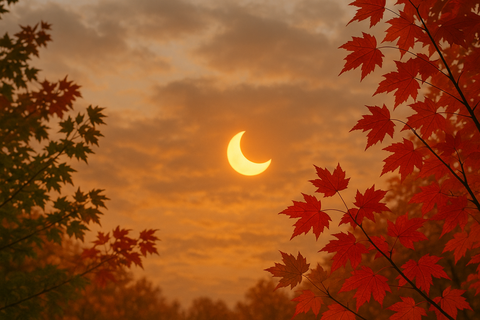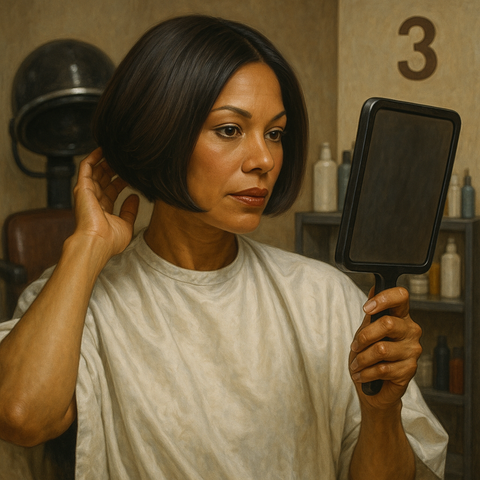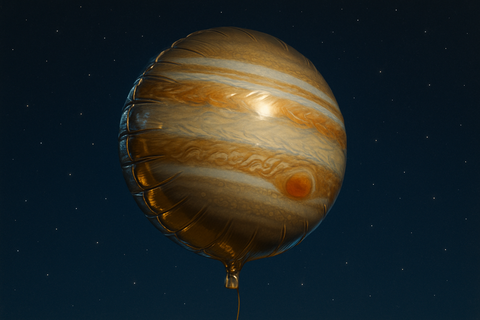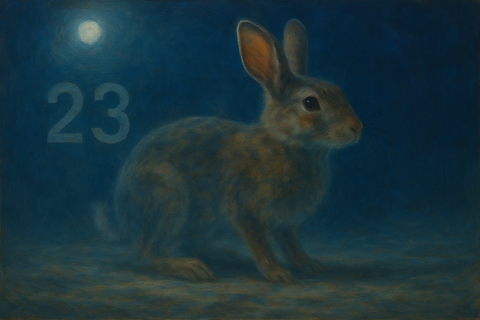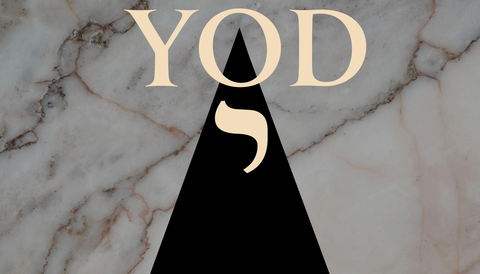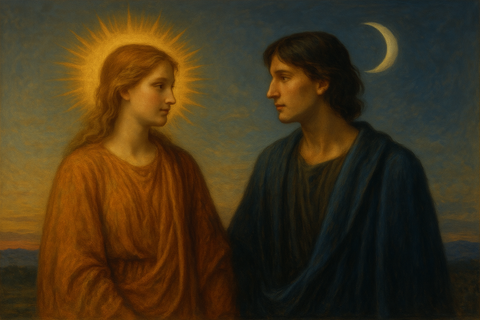Synastry is an astrological tool that allows us to observe how two people's natal charts interact with each other . By superimposing them, it's possible to analyze the aspects formed between each person's planets, as well as their connections with angles and houses. This reveals points of affinity, areas of tension, potential compatibilities, and challenges to consider within the relationship.
Its main utility lies in helping us better understand the dynamics that arise between two people —whether in a romantic, family, friendship, or even professional relationship. Synastry doesn't predict the fate of a relationship, but it does show which aspects can be fluid and nourishing, and which will require more awareness, work, or emotional maturity to be integrated in a healthy way.
By looking at the planetary interactions between two charts, we can better understand what kind of energy each person awakens in the other , what aspects of each other are activated, and what areas there may be mutual support, friction, or growth.
While this information is applicable to any type of relationship, in this post we will focus primarily on romantic relationships (which are the ones with the most nuances and subtleties).
It's Not Just About the Planets: It's About People
However, there's one key point that should never be forgotten: synastry isn't a closed formula . We're talking about the interaction between two real human beings , with distinct histories, emotions, levels of consciousness, and experiences. Therefore, it's not enough to simply know the theoretical meaning of an aspect; it's essential to consider how each person relates to their own planets .
That is, a harmonious aspect doesn't guarantee fluidity if the person hasn't properly integrated that energy into their life. And a tense aspect doesn't necessarily imply conflict if both parties have done internal work and can manage that tension creatively. In other words, the type of aspect (harmonious or challenging) can tip the balance toward a certain dynamic, but it never definitively determines the outcome.
Understanding this allows us to use this tool responsibly, always respecting the complexity and depth of any human connection.

When the Moon is Involved in an Aspect in Synastry
When one person's Moon forms an aspect with an element in the other person's chart, it leaves its lunar imprint on that planet, house, or angle. It imprints sensitivity, emotional depth, intuition, and a need for emotional connection. This contact becomes a channel through which primal emotions, instinctive reactions, and needs for emotional security emerge.
The Moon always speaks to how we feel, how we protect ourselves, and how we seek to nourish ourselves emotionally. In synastry, when it enters into aspect with other planets, it awakens areas that can become places of containment or points of vulnerability within the relationship . There can be tenderness, empathy, and a connection that doesn't need many words.
When both people are at peace with their emotional world, these aspects often create a foundation of care and mutual understanding . But if there are unresolved wounds, traumas, or emotional blockages, the lunar imprint can trigger disproportionate or confusing responses. The Moon, being connected to the instinctual and the unconscious, can bring intense and even aggressive reactions to the surface if there are unresolved wounds. In these cases, lunar contacts in synastry have the potential to open the "Pandora's box" of the unconscious, revealing deep emotional tensions that can destabilize the relationship.
Cubed Moon
When the Moon is in aspect to itself within a synastry , all of the above is intensified . Sensitivity, the need for connection, and emotional charge increase in intensity, and what would normally be expressed more subtly takes on a dominant presence in the relationship.
This type of contact makes the relationship feel deeply emotional, where both people feel that something essential in their inner world is involved . It can generate a feeling of mutual recognition, as if the other were able to see and understand emotions they hadn't even been aware of in themselves. This connection can be healing, opening up a space of intimacy that is otherwise difficult to achieve.
But that same intensity can also manifest itself in a much more intimidating way. Since the Moon is a planet linked to instinctive reactions, when it makes an aspect to itself in synastry, emotionality can become overwhelming (bringing about mood swings, susceptibility, and conflicts that flare up strongly between both people ). In this sense, Moon-Moon aspects transform the relationship into something eminently lunar: instinctive, visceral, mysterious, capable of deeply nurturing but also destabilizing if emotions overflow.
Moon-Moon Aspects in Synastry

Moon Conjunction Moon in Synastry
The conjunction between one person's Moon and another's Moon is one of the most emotionally intense aspects in synastry. It has an immediate and visceral quality, as if both people share the same inner pulse. Even when it's not an exact conjunction, but rather Moons in the same sign, the feeling of familiarity and emotional harmony is often present, albeit less strongly.
Like all conjunctions, this aspect produces a direct energetic fusion. In this case, of two complete emotional worlds . Both people recognize each other's way of feeling, their instinctive needs, and their way of reacting. This generates a very strong sense of belonging and validation , as if someone finally naturally understood what the other feels without needing too many words.
This aspect therefore fosters intimacy, empathy, and mutual support. It's often easy to open up, share vulnerabilities, and seek emotional refuge in the other. The bond becomes a space of mutual care, in which one's sensitivity finds an immediate echo in the other.
However, this conjunction can also cause difficult emotions to escalate. These two Moons have so much in common in their ways of feeling that this can also intensify susceptibility, mood swings, and defensive reactions. When there are unresolved emotional wounds, both people can feel overwhelmed by this aspect, trapped on an emotional roller coaster that drags them into exaggerated or explosive responses.
Finally, the intensity of this aspect can provide both a sense of home and belonging (many couples who form a family, or at least who live together, have this aspect) and an exposure to the rawness of the unconscious , which makes it a transformative and decisive contact within the synastry.

Moon Sextile Moon in Synastry
The sextile between one person's Moon and another's Moon is another excellent aspect that fosters emotional affinity and emotional cooperation . It doesn't have the visceral intensity of a conjunction, but it does create fertile ground where both partners' sensibilities find natural meeting points.
This aspect facilitates the flow of emotions without major blockages. Each person perceives in the other a willingness to understand and validate their emotional needs, which generates trust and a sense of security. It's as if there were an open channel that allows feelings to be shared without being too invasive or overwhelming.
Being an aspect of opportunity , the sextile doesn't create extremely strong emotional dynamics overnight, but it does offer the possibility of nurturing a bond based on empathy and mutual support. There's often a natural inclination to care for the other and offer emotional refuge. However, precisely because it's such a harmonious and tranquil aspect, there's a risk that this dynamic could become a form of overprotection, fostering infantile attitudes or leading the relationship toward an emotional regression where the subjective and instinctive predominate.
Emotional attraction is definitely present, although it tends to be more gradual and less explosive than during a conjunction. This helps the relationship progress more steadily, without the tendency to ups and downs . The sextile between Moons often results in bonds dominated by tenderness, acceptance, and respect for the other's way of feeling.
In short, this aspect offers a harmonious emotional connection that, if consciously cultivated, can become a source of lasting support and understanding . While it doesn't guarantee transformative intimacy on its own, it does provide the necessary conditions for the bond to develop naturally, securely, and trustingly.

Moon Square Moon in Synastry
The square between one person's Moon and another's Moon is one of the most challenging aspects in synastry . While there may be an initial attraction and emotional recognition, what predominates is a constant feeling of dissonance , as if the emotional needs and internal rhythms of both people don't quite match up.
This aspect reflects a tension between two distinct ways of feeling, protecting oneself, and seeking emotional security . Moods and instinctive reactions tend to clash, generating friction and misunderstanding. What may be a natural way of expressing caring for one person may feel intrusive or out of sync for another. The consequence is often a climate of sensitivity and reactivity in which resentment can easily build up.
When this square is activated, emotions become volatile . There can be abrupt mood swings, seemingly endless arguments, and a feeling that the other doesn't understand one's basic needs. Since the Moon connects with the unconscious, these tensions are often symptoms of deep differences in how one handles emotions. This makes conflicts difficult to resolve, as what's at stake aren't superficial details, but rather deeply rooted ways of experiencing emotional life.
In cohabitation , this aspect can turn everyday life into an emotional battlefield. The risk is falling into patterns of intolerance, dramatization, or defensive attitudes that erode the bond. There may even be a temptation to infantilize or emotionally punish the other person, projecting unresolved shortcomings or wounds onto the relationship.
Even so, the Moon-Moon square isn't a definitive sentence . If there's awareness, a willingness to dialogue, and other harmonious aspects that balance the dynamic, this contact can become an opportunity to learn empathy, tolerance, and respect for emotional differences. It does, however, require a great capacity for self-regulation and the willingness not to let unconscious emotions dictate the relationship.
In short, it's an aspect that tends toward instability and is rarely found in long-term relationships without other supporting factors. However, for those who navigate it with maturity, it can become a stage of profound emotional growth , forcing each person to reexamine their instinctive patterns and find new ways of relating based on differences.

Moon Trine Moon in Synastry
The trine between one person's Moon and another's Moon is one of the most harmonious and fluid aspects found in synastry . It reflects a natural compatibility between the way both people feel, react, and seek emotional security.
The energy between the two Moons flows almost effortlessly . There is mutual understanding, instinctive affinity, and a sense of being in tune with the other's inner world. Each person feels they can show themselves as they are, without masks or defenses, and be received with empathy and acceptance. This creates an emotional foundation of trust that strengthens intimacy and cooperation in the bond.
This aspect favors stable relationships and bonds in which everyday life is shared naturally . Routines, schedules, and emotional needs usually mesh together without major friction, creating a sense of home and belonging . It's common to find this in long-term relationships, precisely because it facilitates living together and building a safe shared space.
However, this same ease also has its challenges. Without obvious friction, there is a risk of taking connection for granted or falling into overly comfortable dynamics, without questioning or examining deeper emotional patterns . In some cases, this comfort can lead to a lack of encouragement or an excess of mutual shelter that limits personal growth.
In short, the Moon-Moon trine offers fertile ground for a relationship to develop harmoniously and trustingly. It provides solid emotional support, capable of easing the tensions of other, more difficult aspects , and transforms the bond into a nurturing and protective space where both people can rest and grow emotionally stronger.

Moon Opposition Moon in Synastry
The opposition between one person's Moon and another's Moon is an aspect of strong emotional attraction, but also of marked polarity. Unlike a trine or sextile, there is no natural affinity here, but rather a complementarity that can feel intense and magnetic . However, this intensity doesn't always translate into stability: the dynamic can be both enveloping and challenging.
This aspect reflects a tension between two distinct ways of feeling, reacting, and seeking emotional security . Each person experiences the other responding from an opposing place, which can generate fascination but also discomfort. They often project onto each other emotional needs they don't recognize or accept in themselves . Thus, what irritates or bothers the other person is often a reflection of something in themselves that remains hidden.
The opposition between Moons turns the bond into a powerful mirror. It can clearly reveal unconscious emotional patterns , revealing deep differences in the way they protect themselves, seek affection, or handle vulnerability. This creates a constant tug-of-war : at times they feel complementary, capable of strengthening each other in their differences; at other times, the emotional distance seems insurmountable.
Coexistence in this context can be demanding. Routines, schedules, and ways of seeking support don't always mesh, and the risk is falling into defensive attitudes or a climate of mutual blame. The relationship can become volatile if both partners remain entrenched in their own way of feeling, without opening themselves up to understanding the other's emotional logic.
Even so, the Moon-Moon opposition isn't necessarily destructive. If both people are willing to acknowledge their projections and work with their own emotional shortcomings, this aspect can become a path to profound growth. It forces them to break free from self-absorption and recognize that emotional needs aren't always the same, but that differences can be integrated if they are willing to listen and learn.

Moon Inconjunct (or Quincunx) Moon in Synastry
An inconjunction (150°) between one person's Moon and another's Moon can create a persistent feeling of emotional imbalance within the relationship . It doesn't produce direct clashes like a square, nor an obvious polarity like an opposition, but it does introduce a subtle tension that tends to be felt as discomfort or constant discord.
As with other quincunxes, for this aspect to have a real effect on synastry, it must be very precise. If it doesn't form with a closed orb—ideally 1° or less—the impact is weak . But when it occurs precisely, it can feel like a continuous dissonance between the ways both people react, seek emotional reassurance, and process their feelings.
This contact demonstrates a difficulty in instinctively understanding the other's needs . What one person considers a natural way of expressing care may feel strange or even uncomfortable to the other. Emotional rhythms don't match, reactions seem out of place, and it's common to feel as though, despite the effort, the bond isn't quite right.
The inconjunction between Moons doesn't usually manifest itself in open crises, but rather in a vague feeling that something isn't right . This can be reflected in small, everyday misunderstandings: gestures of affection that aren't received as expected, awkward silences, or uncoordinated emotional timing. Frustration increases because there's no clear logic to explain the conflict, which makes it more difficult to resolve.
If not addressed consciously, this aspect can wear down the relationship over time . However, it also offers an important opportunity: learning to respect emotional differences that are not resolved with immediate affinity, but rather with a willingness to understand . The inconjunction forces us to create a new middle ground, one that arises not from fusion or complementarity, but from the conscious effort to accept and adapt to the particular way the other feels and reacts.
What When There Are No Aspects?
When there are no aspects between the Moons of both people, the relationship can be sustained by other important connections in the synastry, but on an emotional level , a truly transformative bond is often missing. It's difficult to generate a sense of being deeply involved, of truly creating emotional intimacy, or of feeling that the relationship touches essential fibers of security and belonging. There may be exceptions if other aspects compensate for this lack, but generally speaking, when the Moons don't aspect each other, the two people tend not to register with each other on a strong emotional level . The experience is more like moving along parallel tracks, each maintaining their own inner world without a true instinctive encounter. Therefore, all in all, having an aspect—even a tense one—is more meaningful than having none at all.
